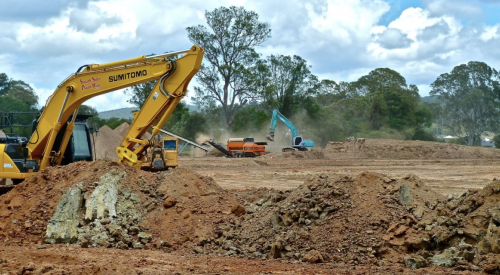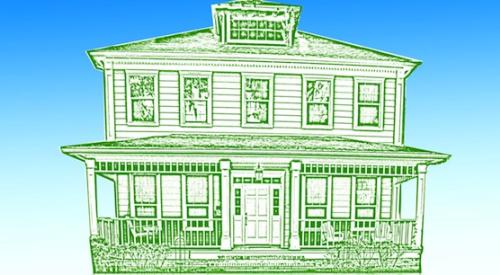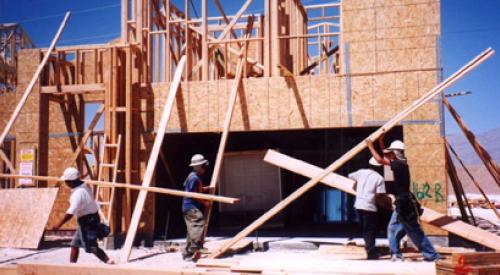| Patrick O'Toole
|
On a dusty pull-down menu of my Web browser, I recently came across a link I had not viewed in a while — an online portfolio of home builder stocks I had set up months ago. Viewing the page was a little like watching your lottery numbers come up on the evening news and then remembering you forgot to buy your ticket that week.
Needless to say, this would be a much easier article to write if only I had actually purchased home building stocks 18 months ago instead of just having set up a fictitious portfolio to gauge their performance. As most know by now, there has been significant appreciation in our sector.
Back on Oct. 20, 1999, when Wall Street was out of whack for dot-coms, I selected a basket full of home building stocks at random, buying 10 shares of each. Periodically, I would login to track their progress. Then I forgot about it.
On that October day I very unscientifically selected 14 stick builders and three manufactured housing builders at a cost of $2,600.68. By the close of business May 9, 2001, their value was $5,597.50, a 115% gain. No sector except Big Tobacco has posted a bigger one over the same period.
Setting aside the "could've, would've, should've" sentiment, does this mean that home building stocks are now suddenly long-term high fliers on Wall Street? Not really. With an average price-to-earnings ratio of 8 vs. the 22 P/E ratio average for stocks in the Standard & Poor's 500 index, builders still have much prove within the investment community, says UBS Warburg home building analyst John Stanley.
Quarter after quarter of good results means little for the sector unless those same results can be delivered straight through an economic downturn. Maybe they would have to do that twice, just for good measure, a home building analyst with Goldman Sachs once said.
The current upturn in home building stocks is because of a phenomenon called "sector rotation," market strategist Peter Cardillo of Westfalia Investments said this week. Big institutional investors are moving out of technology issues and temporarily parking their money in home builders because the sector is currently one of the bright lights of the economy and its outlook remains good while mortgage rates remain low.
Temporary or not, the surge in home building stocks is helping alter the landscape at the top of the industry. Because it is a stock transaction, the merger announcement last week by Pulte and Del Webb probably would not have happened in an earlier market. Continued strength in such stocks as Beazer, Centex, D.R. Horton, KB Home, Lennar, Ryland and Toll Bros. will allow their respective chief executives to explore a wider range of merger options than before. And the bigger these companies get (more specifically, the larger their total market capitalization gets), the better the chance that the sector as a whole will begin to shake its image among investors as purely a cyclical play.
Revenues aside, the biggest public home builders still have market caps of only slightly more than $1 billion. For big investors this presents a problem of liquidity, which boils down to an overall sense of how fast they can get in or out of a stock position. The smaller the market capitalization, the less liquid a stock is.
That said, there is some reason to believe that the rally in builder stocks could continue for a number of years — making the opportunity to own them a year ago for very low prices harder to look back on.
"The housing cycle looks a little different that it used to," Stanley says. "In recent years we have not had a significant decline or recovery. Housing has chugged right along.
"And while 18 months ago the market anticipated a downturn in housing, it did not happen. And the fact that it did not happen is suggestive of a structural improvement in home building which merits a re-evaluation of the business in a positive way."
|
|||||||||||||||||||||||||||||||||||||||||||||||||||||||||||||||||||||||||||||||||












